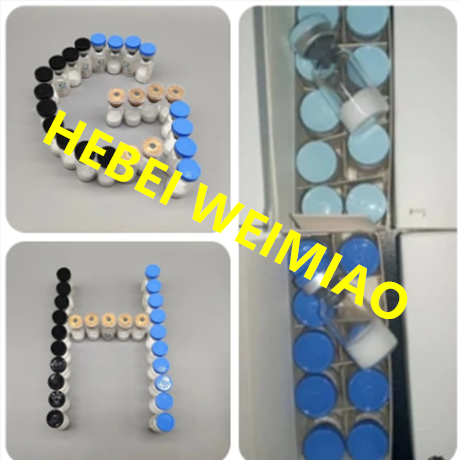
- +86-13363869198
- weimiaohb@126.com

Dec . 10, 2024 20:43 Back to list
Amorolfine Hydrochloride CAS 78613-38-4 Manufacturer and Supply Information
Exploring Amorolfine Hydrochloride A Comprehensive Overview
Amorolfine hydrochloride, identified by its CAS number 78613-38-4, is an antifungal agent predominantly employed to treat superficial fungal infections, particularly those affecting the nails. As an effective topical treatment, it has garnered considerable attention in the pharmaceutical industry due to its efficacy and relative safety profile. In this article, we will delve into the properties, applications, manufacturing processes, and market aspects of amorolfine hydrochloride, focusing on its role in modern medicine.
Chemical and Pharmacological Properties
Amorolfine hydrochloride belongs to a class of antifungal agents known as morpholines. Its mechanism of action involves inhibiting the synthesis of ergosterol, a crucial component of fungal cell membranes. By disrupting ergosterol production, amorolfine compromises cell membrane integrity, leading to cell death and effectively combating fungal infections. The compound is typically available in the form of a nail lacquer, which allows for localized treatment with minimal systemic absorption, thus reducing the potential for side effects.
Therapeutic Applications
The primary use of amorolfine hydrochloride is in the treatment of onychomycosis, an infection of the nails caused by various fungi, including dermatophytes and yeasts. The condition is prevalent and can affect both toenails and fingernails, causing discomfort and cosmetic concerns. Given its high efficacy and ease of use, amorolfine is often preferred over other treatments, especially in cases where oral antifungals may pose a higher risk of side effects.
The application of amorolfine lacquer is straightforward patients typically apply the product once or twice a week, depending on the severity of the infection. This regimen ensures sustained antifungal activity while promoting healthy nail growth over time. Studies have shown that amorolfine treatment can lead to successful mycological and clinical outcomes, making it a staple in dermatological practice for nail fungal infections.
Manufacturing and Quality Control
amorolfine hydrochloride cas 78613-38-4 factory

The production of amorolfine hydrochloride takes place in specialized pharmaceutical factories equipped with advanced technology and rigorous quality control measures. The synthesis of this compound involves several chemical reactions, and manufacturers must adhere to Good Manufacturing Practices (GMP) to ensure product purity, potency, and safety.
Quality control is paramount in the production process. Factories conduct extensive testing throughout the manufacturing cycle, including raw material analysis, in-process testing, and final product assessments. These measures are crucial to maintain compliance with regulatory standards and to deliver safe and effective products to patients.
Market Trends and Future Prospects
The market for amorolfine hydrochloride is influenced by the increasing prevalence of nail fungal infections and the growing demand for effective topical antifungal therapies. Pharmaceutical companies are focusing on developing innovative formulations and delivery mechanisms to enhance the efficacy of amorolfine and improve patient compliance. Additionally, increasing awareness about fungal infections and the importance of early treatment is likely to drive market growth.
Research is ongoing to explore the potential of amorolfine hydrochloride in combination therapies and its effectiveness against other fungal infections beyond onychomycosis. These developments may broaden the therapeutic applications of this compound and enhance its relevance in the antifungal market.
Conclusion
Amorolfine hydrochloride plays a significant role in the management of fungal nail infections, offering an effective and user-friendly treatment option. With continued advancements in manufacturing and formulation, as well as a growing understanding of its pharmacological potential, amorolfine is well-positioned to remain a key player in the antifungal therapeutic landscape. Its impact on patient quality of life, combined with ongoing research and development, underscores the importance of this compound in contemporary medicine.
-
GS-441524 White Liquid Production for Factories | AI-Optimized
NewsAug.02,2025
-
AI-Optimized CAS: 79099-07-3 Factories for High Yield
NewsAug.01,2025
-
Premium CAS 1451-83-8 Factory with GPT-4 Turbo | AI-Optimized
NewsJul.31,2025
-
Pharmaceutical Intermediates - AI-Optimized Synthesis & Purity
NewsJul.31,2025
-
Top CAS: 79099-07-3 Factories & Wholesale Supplier from China
NewsJul.30,2025
-
High-Quality GS-441524 for White Liquid Type Factories & Suppliers
NewsJul.29,2025